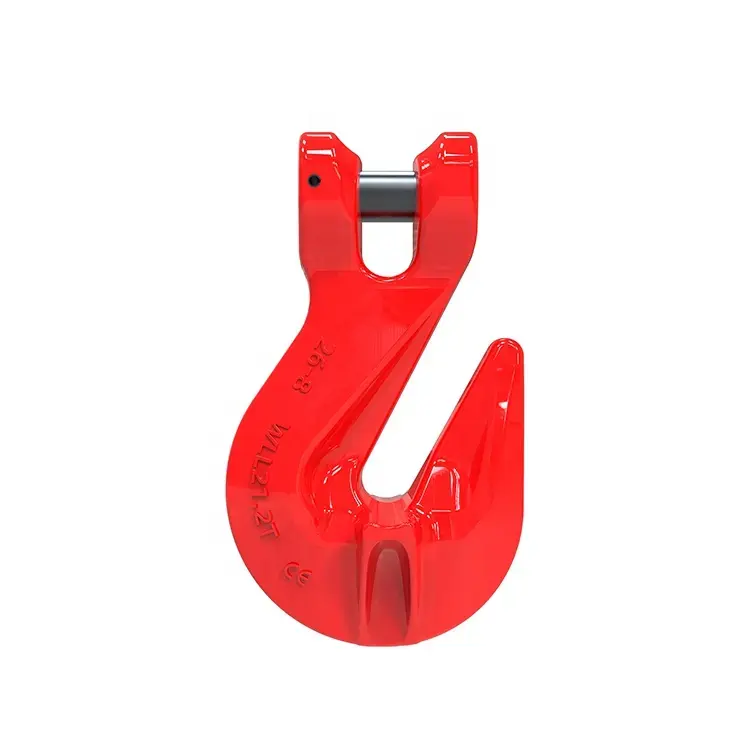News
Th12 . 12, 2024 10:35 Back to list
rigging hook types factories
Exploring Rigging Hook Types and Their Factories
In the realm of industrial and construction operations, rigging hooks play a vital role in lifting and securing heavy loads. The variety of rigging hook types and their specific applications are crucial for ensuring safety and efficiency on job sites. In this article, we will delve into the different types of rigging hooks, their uses, and the factories that manufacture these essential tools.
Types of Rigging Hooks
1. Swivel Hooks A swivel hook is designed to rotate 360 degrees, allowing for a more versatile operation. It is ideal for situations where the load may need to be repositioned frequently without needing to unhook it. These hooks are commonly used in cranes and hoists.
2. Safety Hooks These hooks are equipped with safety latches or catches that prevent the load from accidentally slipping off. Safety hooks are crucial in maintaining secure lifting operations, especially when dealing with overhead hoisting.
3. Grab Hooks Grab hooks are used to secure chain links in place. Their unique design allows them to grip the chain firmly, making them perfect for applications that require a strong hold, such as towing or heavy lifting.
4. Eye Hooks Eye hooks are characterized by their circular opening, which allows for easy attachment to other equipment or rigging. These hooks are often used in combination with other rigging gear to create efficient lifting configurations.
5. Clevis Hooks This type of hook features a clevis that allows for quick disconnect from chains or ropes. Clevis hooks are frequently used in agricultural and marine applications due to their strength and ease of use.
rigging hook types factories

The Significance of Factories
The manufacturing process of rigging hooks is integral to maintaining safety standards and meeting industry requirements. Factories specializing in rigging hook production are equipped with advanced technology and skilled labor to ensure high-quality products. Here are some key aspects of these factories
- Materials Rigging hooks are typically made from high-strength steel or other durable materials that can withstand heavy loads. Factories often conduct rigorous testing of materials to ensure they meet or exceed safety standards.
- Quality Control Stringent quality control measures are essential in the manufacturing of rigging hooks. Factories implement inspections at various stages of production, from raw material selection to final product testing, to guarantee each hook's reliability.
- Innovation As industry needs evolve, rigging hook factories are continually innovating their designs. This includes developing new types of hooks with enhanced features, such as improved locking mechanisms or weight reduction technologies, to meet the demands of modern lifting applications.
- Customization Many manufacturers offer customization options, allowing companies to order hooks that meet specific requirements. This is particularly beneficial for specialized applications in industries like construction, shipping, and manufacturing.
Conclusion
In conclusion, understanding the various types of rigging hooks and the factories that produce them is essential for anyone involved in lifting and rigging operations. Safety, efficiency, and reliability hinge on the appropriate selection and use of these tools. As the industry continues to grow, innovations in rigging hook design and manufacturing processes will undoubtedly enhance operational capabilities and safety standards across all sectors. Whether you are a seasoned professional or a newcomer to the field, knowledge of rigging hook types and their manufacturing origin is invaluable in promoting safer work environments.
